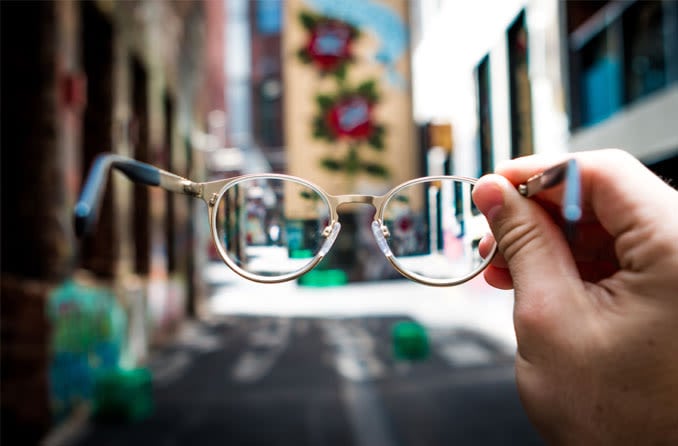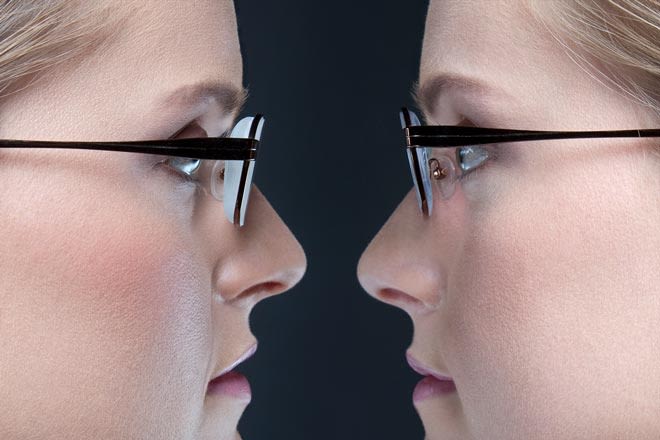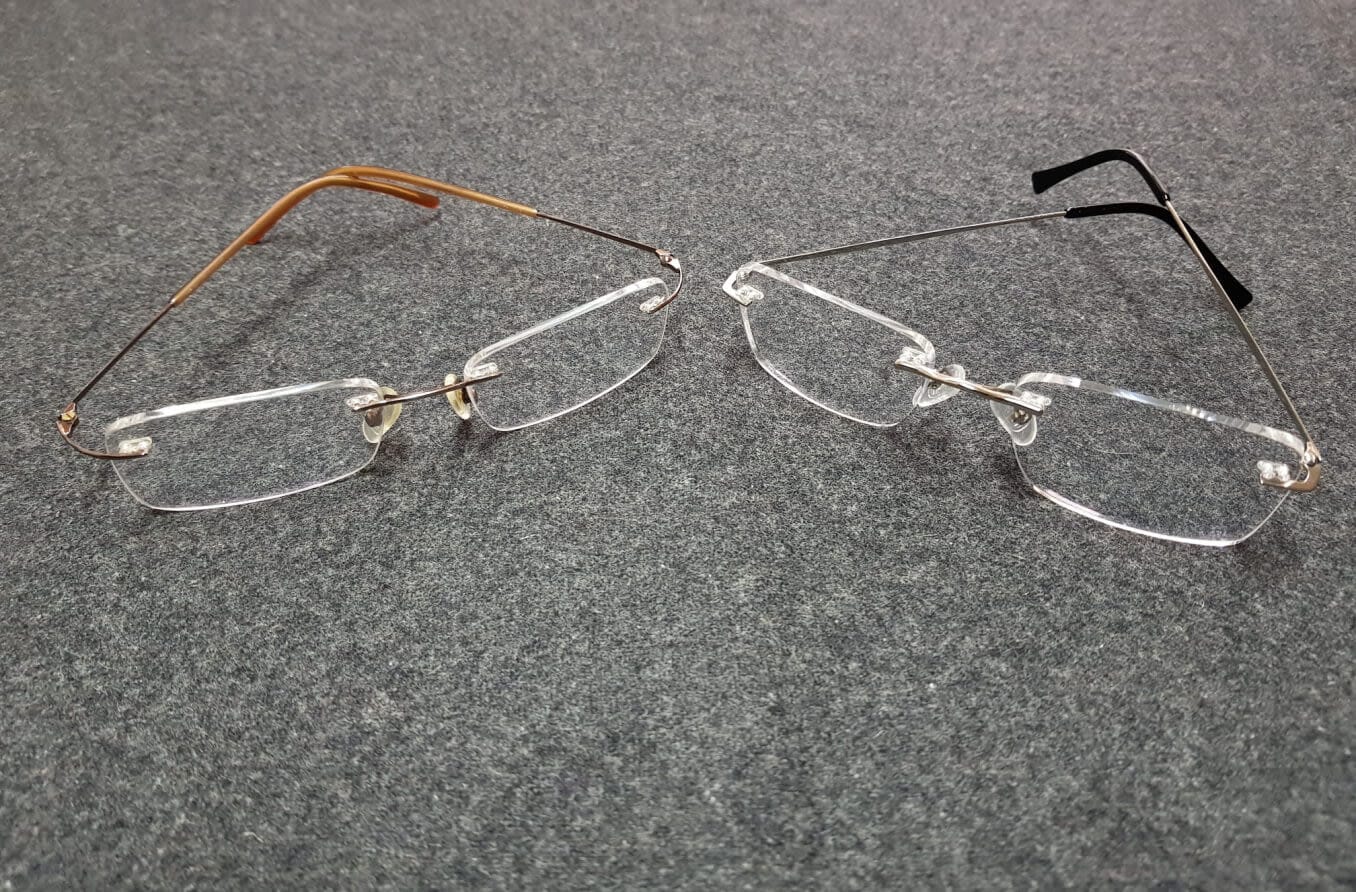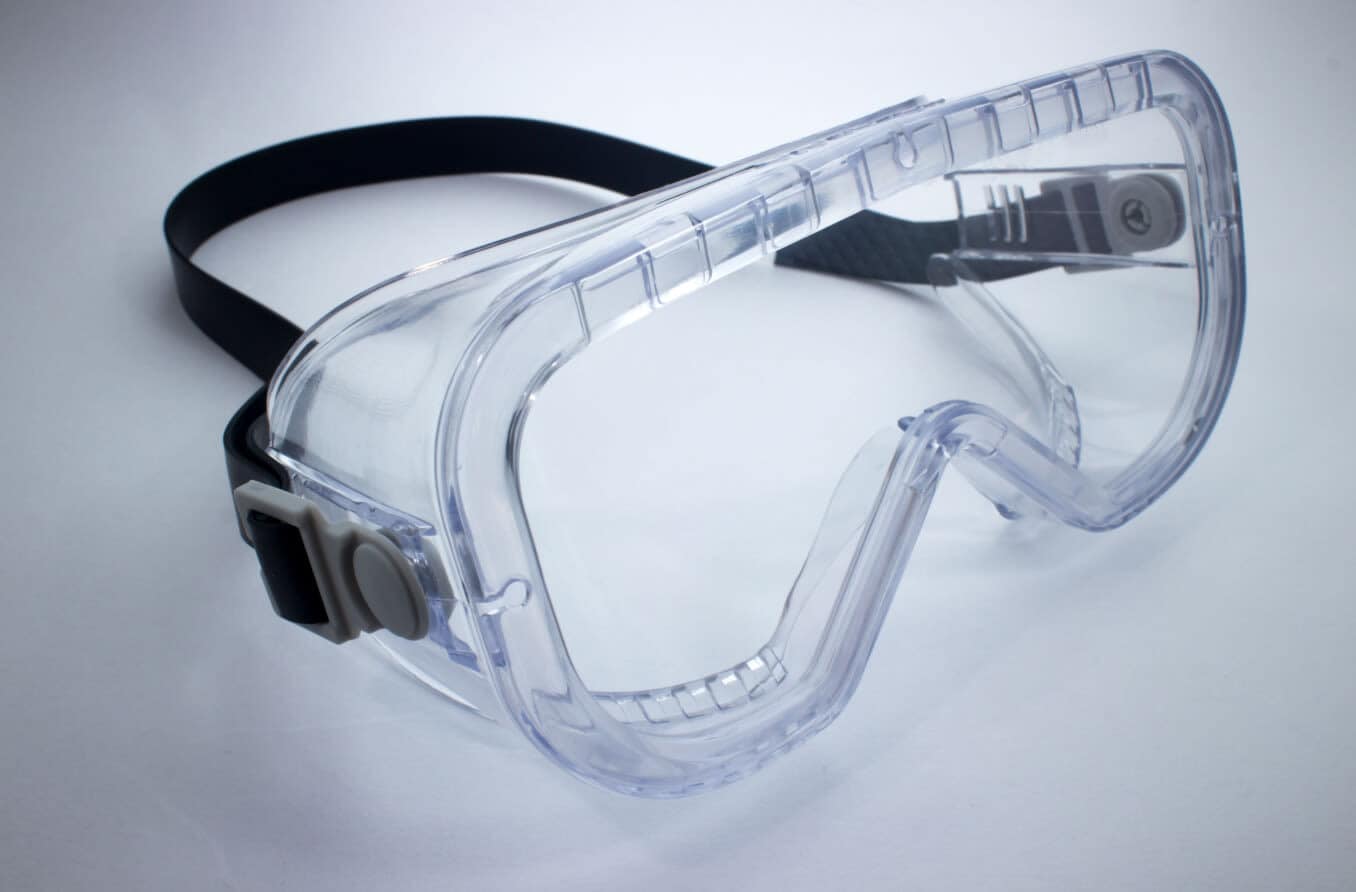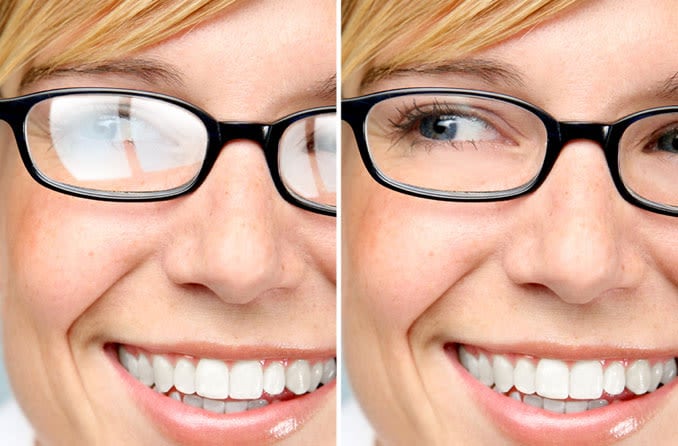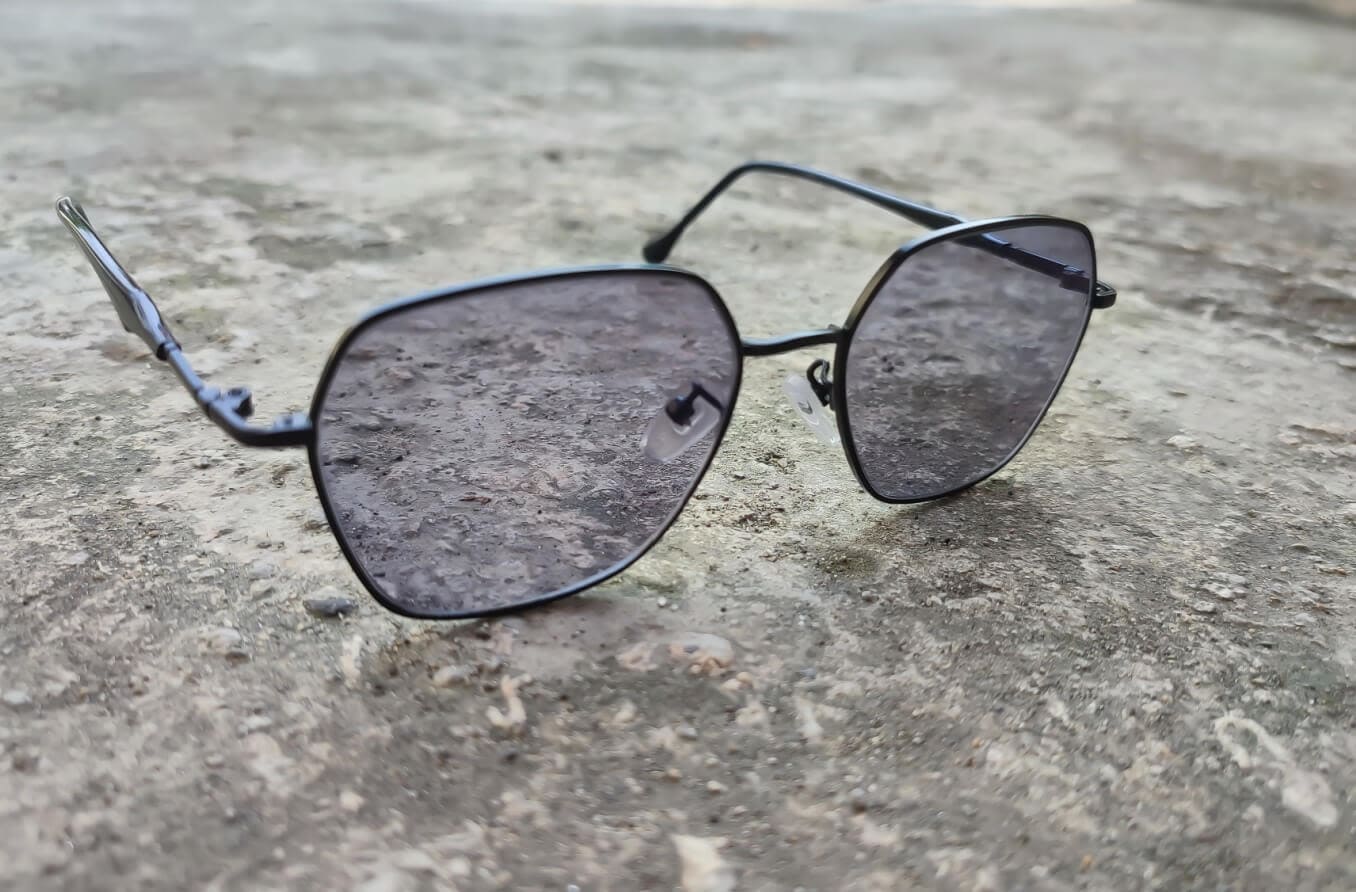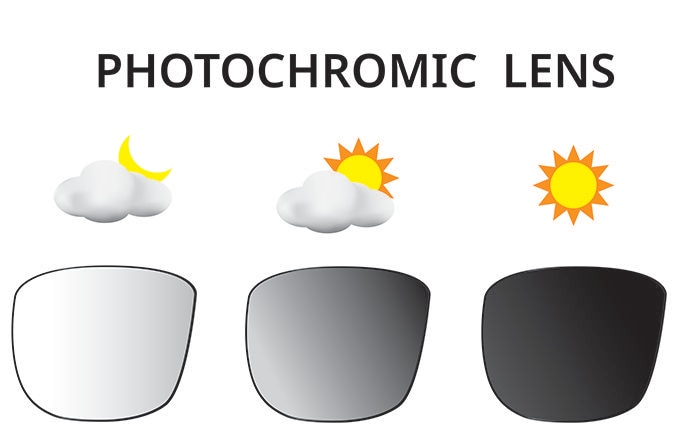What are high-index lenses?
High-index lenses are eyeglass lenses that bend (refract) light more efficiently than regular glass or plastic lenses. This is due to the lens material having a higher index of refraction than regular glass or plastic lenses. Lens materials that have a higher index of refraction produce thinner glasses.
So, if you want the thin, attractive eyeglasses, choose lenses made of a material that has a high index of refraction (or refractive index). Generally, the higher the refractive index of the lenses, the thinner your glasses will be.
High-index lenses are especially helpful if you have a strong eyeglass prescription for nearsightedness, farsightedness or astigmatism. The difference high-index lenses make in turning thick glasses to thin glasses can be quite dramatic if you have a strong prescription.
